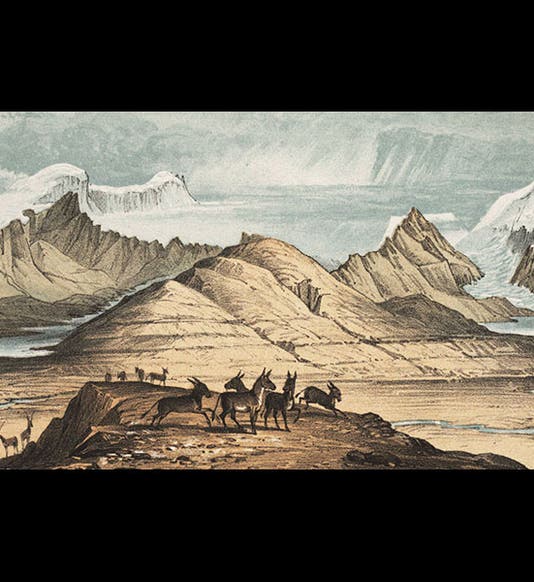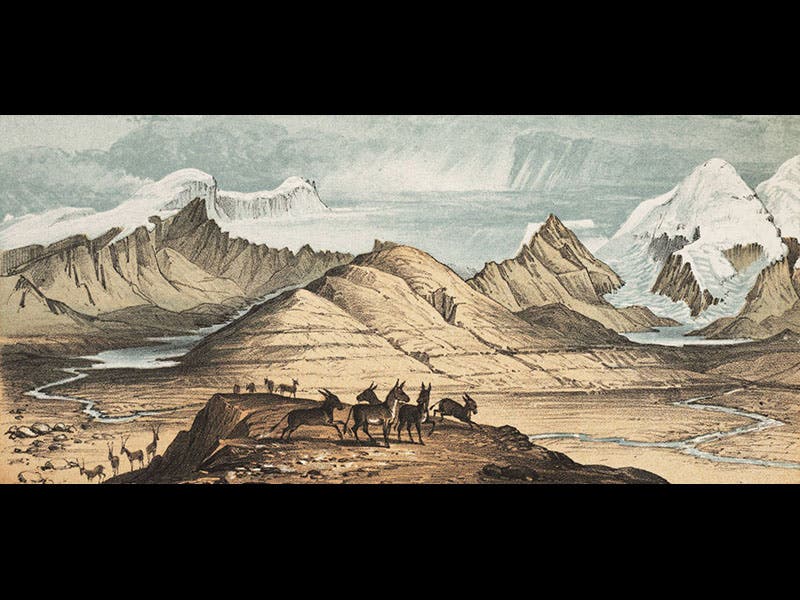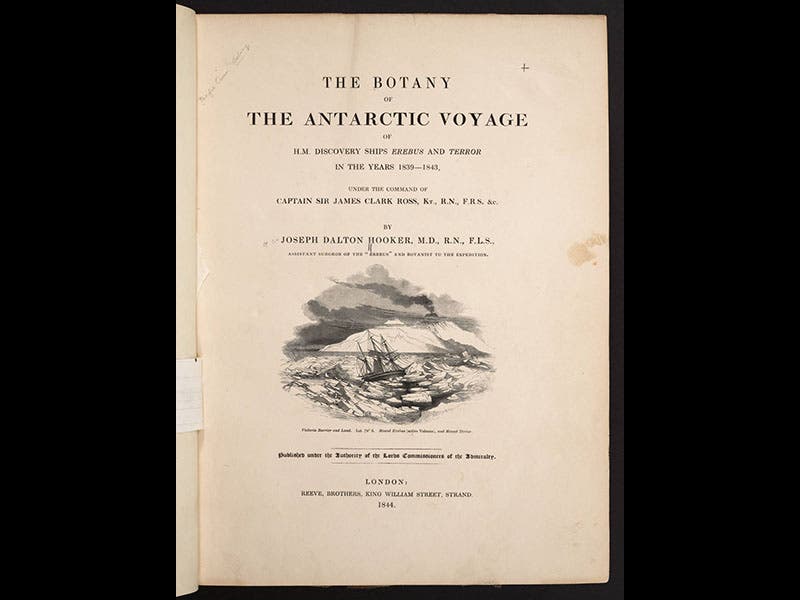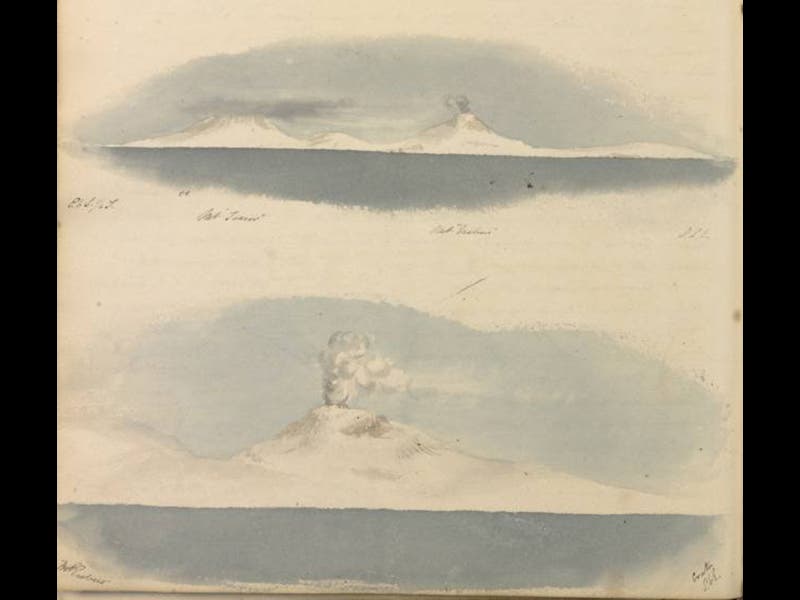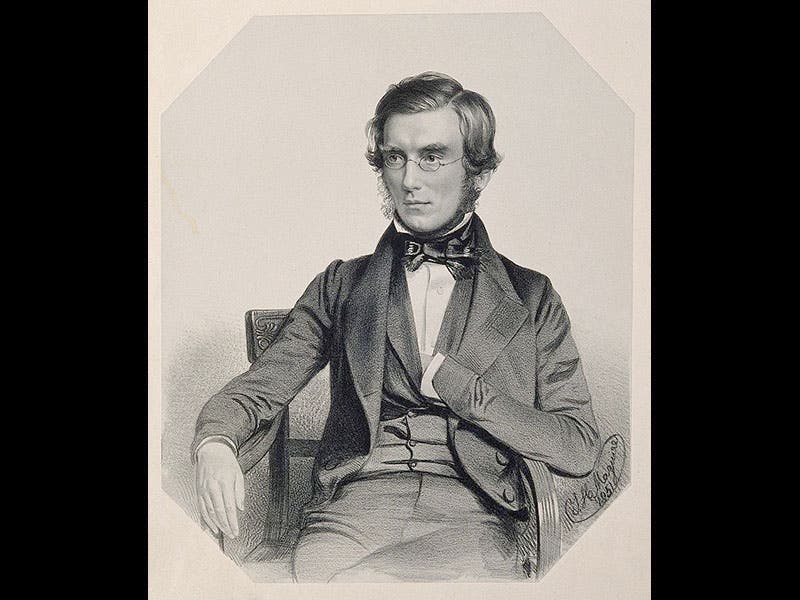Scientist of the Day - Joseph Dalton Hooker
Joseph Dalton Hooker, a British botanist, was born June 30, 1817. Hooker met Charles Darwin in 1839, as Hooker was departing for a voyage to the Antarctic. When Hooker returned in 1843, the two struck up a correspondence, and very soon Hooker had become Darwin’s closest friend. He was one of the few people privy to the evolutionary ideas percolating in Darwin’s mind in the 1840s and 1850s, and when A. R. Wallace sent his famous manuscript paper to Darwin in 1858, revealing that Wallace had also arrived at the principle of natural selection, it was Hooker to whom Darwin turned for advice on what to do. Hooker recommended that Darwin and Wallace co-publish their preliminary papers together, and it was Hooker (with Charles Lyell) who actually presented those papers on July 1, 1858.
Hooker was a formidable botanist in his own right, visiting India, Nepal, and the Himalayan region in the early 1850s. He published a travel narrative, Himalayan Journals, in 1854, which we have in our collections, and from which the first three illustrations above were taken. One of them depicts native rhododendrons, samples of which Hooker brought back to plant in English gardens, where they became (and remain) quite the floral sensation. Another shows Tso Lhamo lake, in North Sikkim, India, one of the highest lakes in the world, at some 17,500 feet, indicating Hooker did not take the easy path through the sub-continent. All of the scenes were based on sketches by Hooker.
Earlier, Hooker had served as assistant surgeon on the voyage of HMS Erebus (with HMS Terror) to Antarctica, and he published the first book on the plant life of southern lands, The Botany of the Antarctic Voyage of H. M. Discovery Ships Erebus and Terror (1844). The title-page vignette depicts one of the more significant discoveries of that voyage, the Antarctic volcanoes Erebus and Terror, one of which (Erebus) is still active (fourth image). The vignette was based on drawings by Hooker that still survives in the library of Kew Gardens (fifth image).
Our favorite portrait of Hooker was sketched and lithographed by Thomas Maguire in 1851 (sixth image). Maguire also did portraits of Darwin, Charles Lyell, and most of the other scientific luminaries of early Victorian England. We have one of Maguire’s lithographs in our History of Science Collection (Henry de la Beche), but not that of Hooker.
We exhibited Hooker’s Himalayan Journal in our 2009 exhibition, The Grandeur of Life, and his Botany of the Erebus and Terror in our 2008 exhibition, Ice: A Victorian Romance [!link!], where you can see a detail of his title-page vignette.
Dr. William B. Ashworth, Jr., Consultant for the History of Science, Linda Hall Library and Associate Professor, Department of History, University of Missouri-Kansas City. Comments or corrections are welcome; please direct to ashworthw@umkc.edu.

